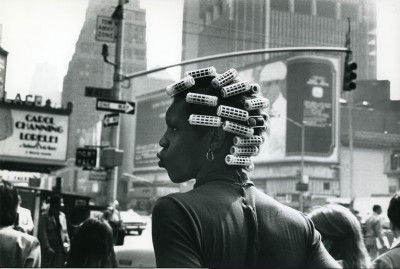David Bowie’s “It’s Gonna Be Me” stands as a powerful testament to his creative depth during the Young Americans period. This compelling outtake, much like “Can You Hear Me,” delves into the emotional complexities of a man grappling with regret and obsession, all while set against the backdrop of Bowie’s exploration of soul music conventions. The song, with its intricate vocal arrangements and raw lyrical honesty, offers a fascinating glimpse into Bowie’s artistic process and the rich material that emerged from the Sigma Sound sessions.
Exploring the Soulful Soundscape of “It’s Gonna Be Me”
Bowie’s immersion in Philly Soul, drawing inspiration from artists like Aretha Franklin and Al Green, is palpable in “It’s Gonna Be Me.” The track showcases his innovative approach to soul conventions, particularly in his use of vocal choruses. In contrast to Al Green’s masterful control over his choruses, where they serve to amplify and endorse his decisions, or Aretha Franklin’s, where they act as confidantes fueling her narrative, Bowie utilizes the backing singers in a more nuanced and complex way in “It’s Gonna Be Me”.
In the verses, the backing vocals are sparse, subtly emphasizing key phrases like “weep over the breakfast tray,” adding layers of emotional depth without overpowering Bowie’s lead. It is in the chorus where they truly emerge, creating a supportive yet somewhat detached framework around Bowie’s vocal performance. The chorus lines are simple and uplifting, while Bowie’s delivery of the title phrase, “it’s gonna be me,” is almost hesitant, a muttered declaration rather than a confident assertion. This dynamic creates a compelling tension at the heart of the song.
The Vocal Narrative and Emotional Estrangement
The involvement of Luther Vandross in crafting the vocal arrangements adds another layer to the song’s narrative. One could interpret the vocal interplay as a portrayal of a penitent figure seeking reconciliation within a community, represented by the chorus. However, a sense of disjunction persists between Bowie and his backing singers. While they harmonize and collaborate, an undercurrent of estrangement remains. Bowie’s uneasy phrasing and delivery suggest an inability to fully embrace the chorus’s reassurances.
 David Bowie pictured in New York, 1974, around the time of recording 'It's Gonna Be Me'
David Bowie pictured in New York, 1974, around the time of recording 'It's Gonna Be Me'
The final verse intensifies this feeling of isolation. Stripped down to just Bowie’s voice and Mike Garson’s piano, it becomes a stark portrayal of a man retreating into a desperate fantasy. When the chorus returns for the final iteration, it almost feels like an act of pity, highlighting the profound loneliness at the song’s core.
From Central Track to Lost Treasure
“It’s Gonna Be Me” was initially considered a cornerstone of the Young Americans album. Tony Visconti even crafted a lush string arrangement for the track. However, in a twist of fate, it was ultimately cut to make space for Bowie’s collaborations and tributes to John Lennon, alongside “Who Can I Be Now?”. This decision relegated “It’s Gonna Be Me” to the status of a hidden gem for many years.
Recorded during the Young Americans sessions in August 1974 and performed in some “Philly Dogs” shows later that year, the studio version of “It’s Gonna Be Me” remained unreleased until the 1991 Ryko reissue of Young Americans. Its eventual release allowed fans and critics alike to fully appreciate its power and complexity, solidifying its place as a crucial piece in understanding Bowie’s artistic evolution during this transformative period. “It’s Gonna Be Me” is more than just an outtake; it’s a vital song that enriches our understanding of Bowie’s Young Americans journey and his enduring legacy.

